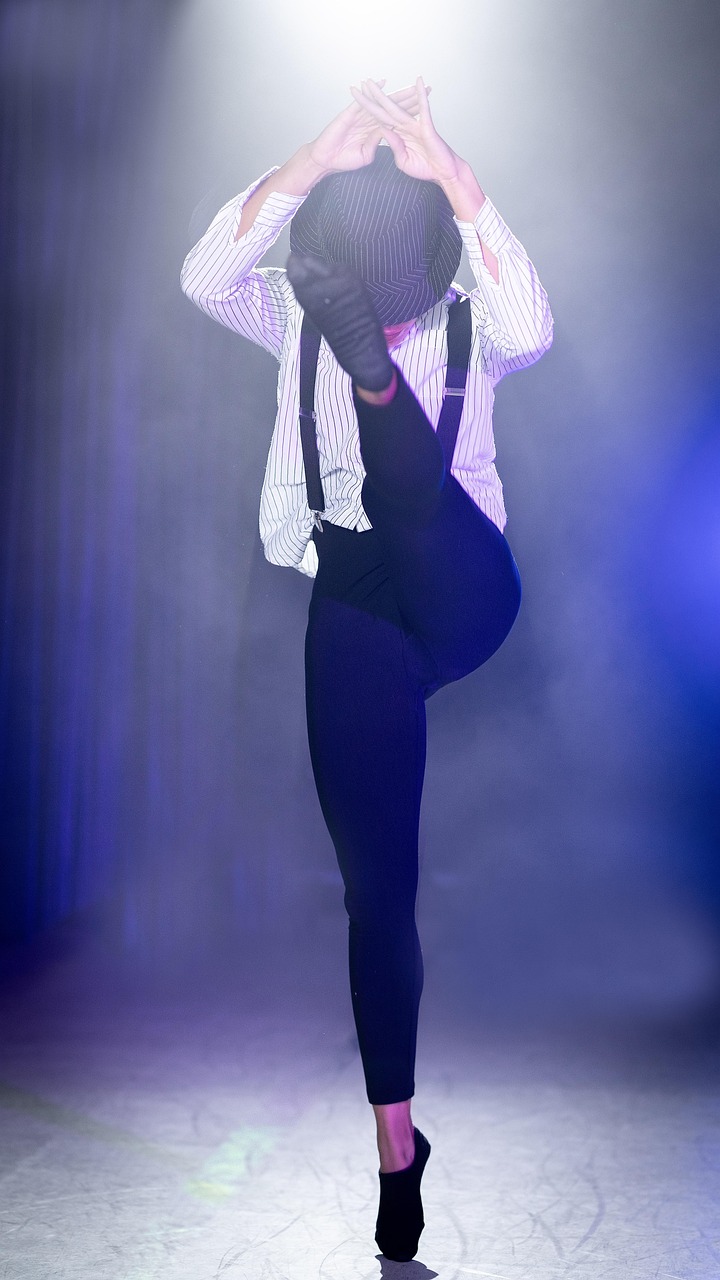Melding Rhythms: Tap Dance Meets Hip Hop in Contemporary Performance
In the realm of dance, tradition and innovation often find themselves in a captivating pas de deux. One such example is the fusion of tap dance, rooted in the 19th century, with the energetic beats of 21st-century hip hop. This article explores this unexpected but exhilarating combination, tracing its roots, examining its present, and peering into its future.

The Tap Dance Legacy
Tap dance emerged in the mid-1800s, a vibrant blend of African rhythmic footwork and Irish jigging. It rose to prominence in the early 20th century, finding a place on glamorous Broadway stages and in Hollywood musicals. Its influence has never really waned, with revivals and reinterpretations occurring in every subsequent decade.
The Advent of Hip Hop
In stark contrast, hip hop dance is a relative newcomer, born in the 1970s in New York’s South Bronx. A product of African, Caribbean, and Latin American influences, its dynamic, high-energy moves were a crucial part of the cultural revolution that was the hip hop movement, combining music, dance, and visual art.
A Fusion Born of Innovation
The fusion of tap and hip hop began quietly in the late 1990s, born out of a desire for artistic exploration and innovation. Choreographers and dancers began experimenting with combining the rhythmic complexity of tap with the raw energy and social commentary inherent in hip hop. It was a daring move, merging two styles with very different themes and aesthetics.
Impact on the Dance World
Despite the initial skepticism, this fusion has had a transformative impact on the dance world. The incorporation of hip hop elements has rejuvenated tap dance, infusing it with fresh energy and relevance. Similarly, the rhythmic intricacy of tap has added a new layer of complexity to hip hop choreography. Moreover, the fusion has attracted a new, younger audience to tap, ensuring its continued relevance.
The Future of the Fusion
Today, the fusion of tap and hip hop is increasingly mainstream, featured in popular dance competitions and reality shows. Choreographers continue to push the boundaries, creating works that challenge conventions and inspire audiences. This trend shows no sign of slowing down, pointing to an exciting future for this innovative blend.
In conclusion, the fusion of tap dance and hip hop is a perfect example of the dynamism of the arts. It demonstrates how traditions can be reinvented and reinterpreted, ensuring their continued relevance in an ever-evolving cultural landscape. This melding of rhythms, of old and new, is a testament to the power of artistic innovation and the endless possibilities of dance.




